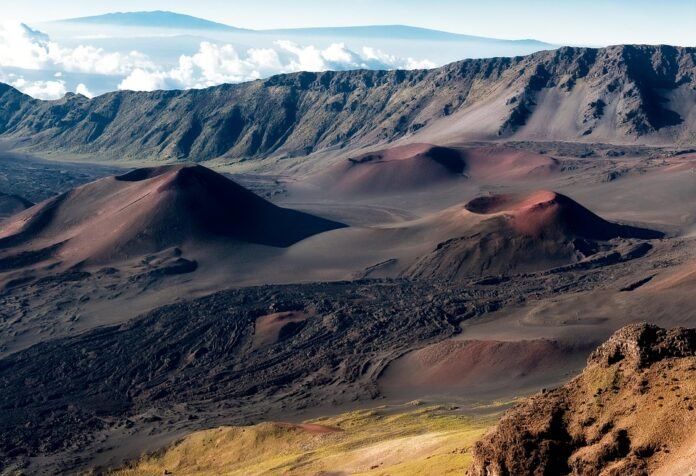A large asteroid once considered the greatest known risk to Earth may now be on track for a direct hit — not on our planet, but on the moon. The object, named asteroid 2024 YR4, has drawn intense interest from the astronomy community as its trajectory evolves, raising questions about potential consequences for lunar infrastructure and even Earth-orbiting satellites.
From Earth Threat To Lunar Impact Scenario
Discovered in late 2024, 2024 YR4 initially appeared to be heading toward Earth, prompting astronomers to assign it a peak impact probability of 3.1% by February 2025 — the highest risk level ever recorded for an asteroid. However, additional observations using ground and space-based telescopes gradually improved its orbital projections, and by early June 2025, experts were able to rule out any direct threat to Earth.
But while Earth is no longer in danger, the moon may not be as fortunate. NASA data shows that the impact probability on the lunar surface now stands at 4.3% for late 2032. That chance, while still low, is significant enough for astronomers to consider the scientific and logistical implications of a lunar collision.
What Would Happen If 2024 YR4 Hits The Moon?
If the 60-meter-wide asteroid — roughly the size of a building — were to strike the moon, scientists expect a massive explosion, releasing energy equivalent to a regional catastrophe. According to Dr. Paul Wiegert, a physicist at Western University in Ontario, the impact could form a crater one kilometer wide, comparable to Meteor Crater in Arizona. Such an event would be the largest lunar impact in 5,000 years.
More than just a dramatic light show, the event could release an estimated 100 million kilograms of lunar debris, some of which might travel toward Earth. Tiny particles — similar in size to grains of sand — could arrive between a few days and several months after impact, creating a brilliant meteor shower visible to the naked eye, according to Wiegert. While these particles pose no danger to people on Earth thanks to our atmosphere, they may present risks to satellites in low-Earth orbit.
“Even just sugar cube–sized particles, traveling faster than a speeding bullet, could damage delicate satellite components,” Wiegert noted. Satellite fleets could experience the equivalent of ten years of debris exposure in just a few days, putting critical systems for communication, navigation, and Earth observation at risk.
Protecting Assets Beyond Earth
A lunar impact also raises concerns for astronauts and equipment stationed on the moon. Lunar bases, science labs, and other infrastructure planned for the early 2030s could be endangered by high-velocity debris, especially since the moon lacks an atmosphere to slow down the fragments. While the International Space Station will have been deorbited by then, other missions in low-Earth orbit could still be affected.
These new threats have led scientists to reevaluate the scope of planetary defense. Dr. Wiegert suggests extending monitoring efforts beyond Earth: “We now have things worth protecting that are a bit further away from Earth.” The evolving case of YR4 may become the first time humanity considers a deflection strategy not to protect Earth — but the moon.
Planetary defense efforts like NASA’s Double Asteroid Redirection Test (DART), which successfully altered the orbit of asteroid Dimorphos in 2022, offer a precedent. But experts caution that a DART-like mission to protect the moon would need to be evaluated closer to 2028, when YR4 comes back into telescope range.
Tracking The Invisible And Closing Blind Spots
Asteroid 2024 YR4 was detected just two days after it had passed close to Earth, hidden by the sun’s glare. This event mirrors the Chelyabinsk incident of 2013, where a 20-meter asteroid exploded over Russia with no prior warning, injuring around 1,500 people.
Future missions aim to close this observational gap. NASA’s NEO Surveyor, expected to launch by 2027, and the European Space Agency’s NEOMIR satellite, scheduled for the early 2030s, are designed to detect asteroids near the sun — a major blind spot today. According to ESA’s Richard Moissl, NEOMIR would have spotted YR4 a full month earlier than existing ground-based telescopes.
Meanwhile, the newly operational Vera C. Rubin Observatory in Chile has already discovered over 2,100 previously unknown asteroids. Though none of the recently identified objects pose a threat, astronomers believe Rubin could become a key asteroid hunter, with telescopes like the James Webb Space Telescope (JWST) following up to refine orbit predictions. JWST’s observations in March 2025 confirmed YR4’s estimated size and helped eliminate Earth from its potential trajectory.






